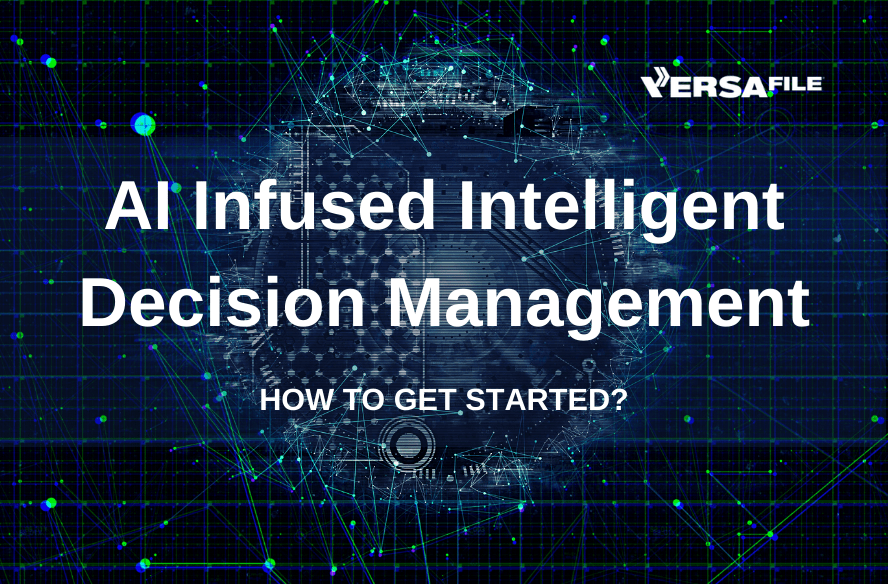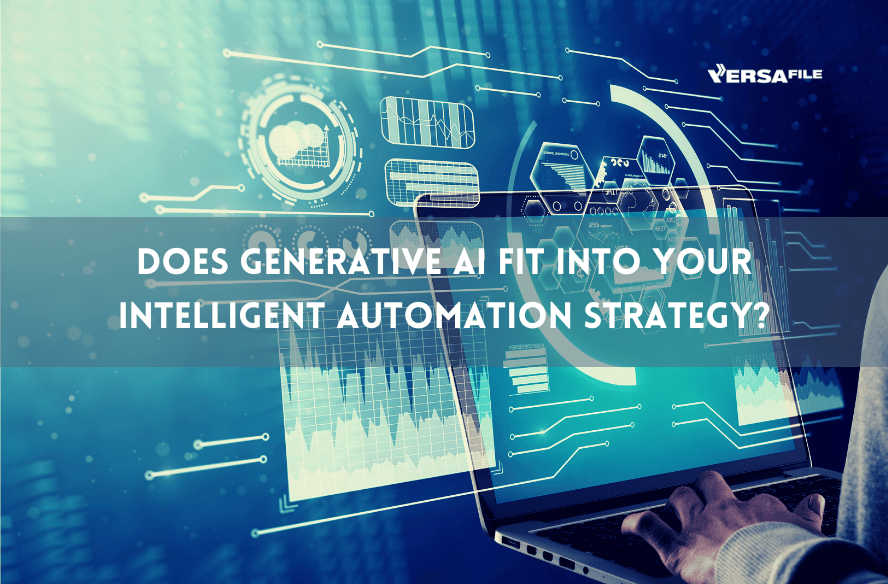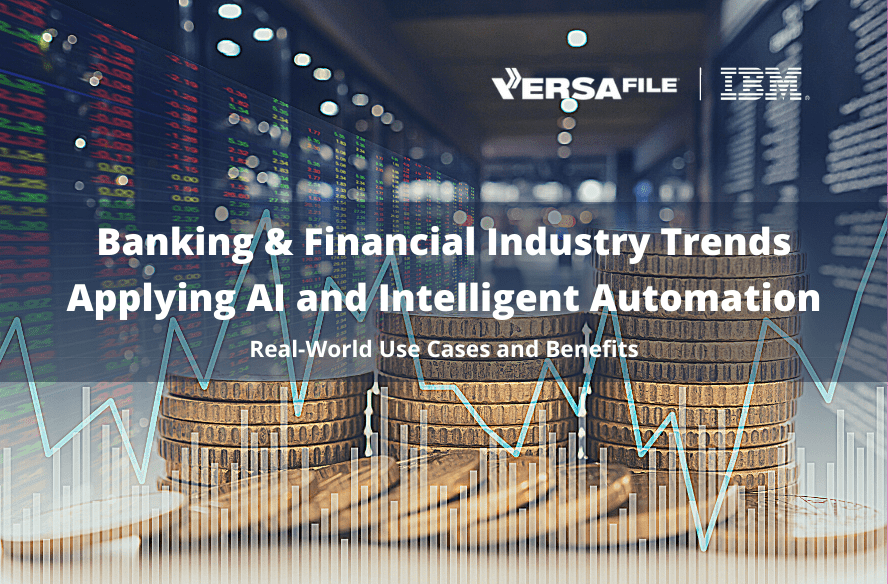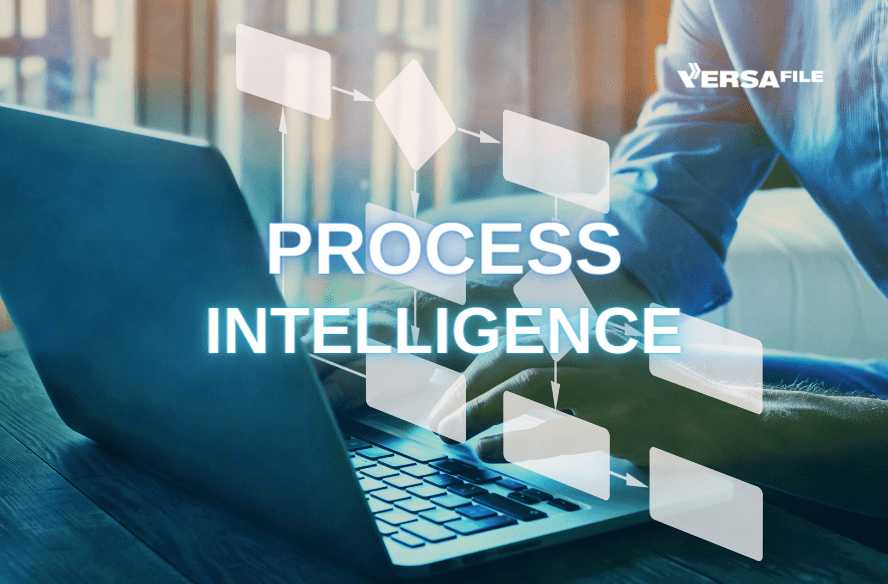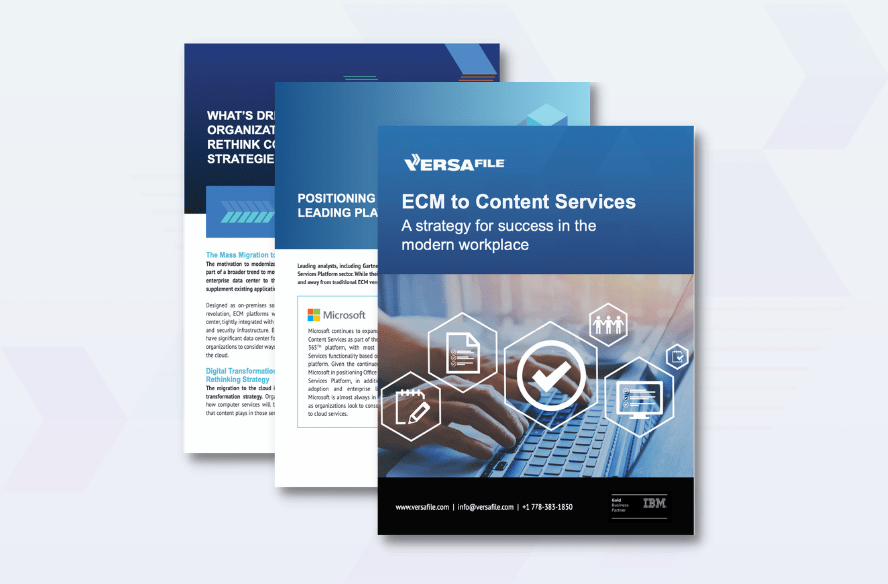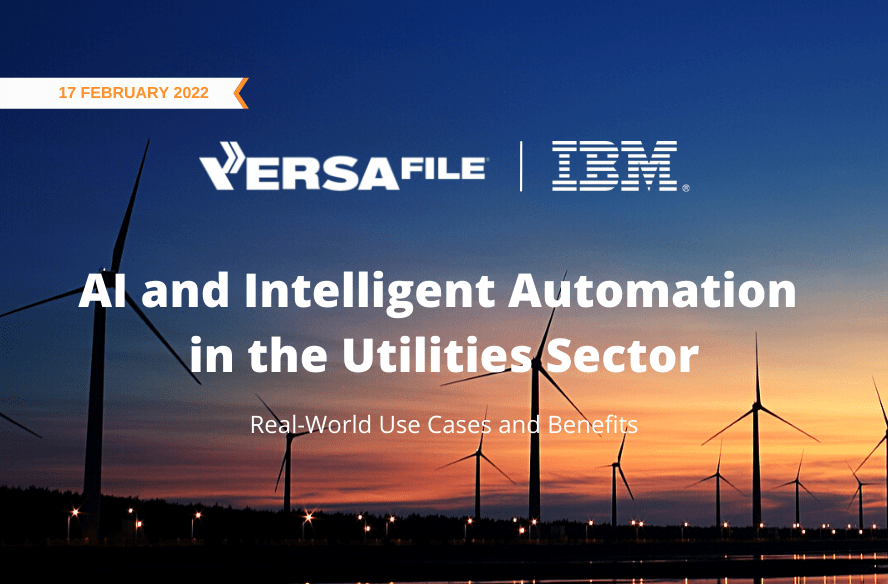Getting Started with AI/ML for Automated Decisions
All you need to know to get started with AI/ML infused Intelligent Decisions.
There’s a lot of hype around infusing artificial intelligence (AI) and machine learning (ML) into automated decision making. While there are a lot of promises about how adding ML to decision logic can improve efficiency and productivity beyond what current business decision technology can deliver, the reality is that it’s a big step to take. And while many companies are interested in the benefits of infusing more intelligence into decision making, most don’t know where to start, especially if you consider that more than 90 percent of organizations using rules and decision management technologies and haven’t thrown their hat into the ML ring just yet.
Today’s decision management technologies enable organizations to automate routine and complex decisions and can provide recommendations based on confidence scoring and while the recommendations can improve decisions, save time, and streamline processes, there are still instances where human in the loop making judgments, which is inefficient and leads to inconsistencies. For example, in a situation where a bank is using decision management to process loan applications, multiple loan officers will act on automated recommendations, generally with inconsistent results.
The Next Generation of Decision Management
So, it makes sense that the next generation of decision management tools includes the ability to infuse more intelligence into automated decisions with the ability to turn recommendations into decisions and next best action, we refer to this as Intelligent Decision Services.
Intelligent Decisions enable organizations to infuse ML into decision logic to turn recommendations into decisions if the recommendation meets a threshold. In our loan application example, an ML model can evaluate input and make a decision to approve a loan if the input meets a specific level of criteria, such as 85 percent. That decision can be further nuanced. For example, an ML model can be trained to handle VIP customers in a different way, perhaps, approving loans for organizations with a low credit rating, assuming other criteria are met at a certain threshold.
Concerns About Data to build an ML model
Whenever a customer raises their hand on moving forward with an ML initiative, the conversation immediately turns to data and whether the organization’s data is identified, collected, and cleaned well enough to support a working and profitable ML model.
A key reason organization have struggled or not yet adopted AI and ML is as a practice you need to have all your organizational data collected and prepared before getting started with ML, which can delay or often stop AI initiatives. While there are best practices, such as The AI Ladder that should be considered in a broader AI and Data strategy, in Decision modelling, you really only need to understand the data that is needed to evaluate and make the decisions related to your process. Once you know what data is required, it is much easier to structure and build the ML model, to begin collecting data to help make better and intelligent decisions.
The Keys to the ML Kingdom: How to Get Started?
The key to getting started with ML for automated decision making is to focus on a specific decision you’d like to improve. That means starting with a specific business need and identifying the KPIs related to that need, which will naturally lead you to the data you need to clean and prepare for an ML model.
The next key is to keep it simple. Even with a simple project, data preparation and model building can be challenging. Many businesses want to start by solving a big problem, which will likely have a big return, if successful. We advise against this because the likelihood of getting overwhelmed and bogged down is extremely high. Start small. Get an ROI. Then move on to bigger problems.
Find a Use Case to realize real ROI
When considering a KPI to optimize, look for a relatively simple decision process with a big payoff. What we’re seeing in the marketplace is that a simple ML model with a high transaction rate can deliver a healthy ROI, which is why about two-thirds of investment in AI is centered around customer-facing processes, and about one-third on internal processes. That’s because you have way more customers than employees, so a customer-focused model will get a lot more use than an internal-facing model.
A high transaction rate is extremely important when it comes to training and optimizing an ML model. More use results in more optimization. And, when you consider the time and effort it takes to develop a working ML model, getting ROI from it is crucial.
Whether you start with a customer-facing use case, or an internal use case may depend on your industry and the nature of your business. Banks, Insurance, and Telecommunications companies generally gravitate towards customer-facing use cases because they have a focus on customer retention, and some use ML to make special offers to motivate customers to continue their subscription. Other industries, such as Energy & Utilities, may see a bigger benefit by focusing on optimizing internal processes.
Using ML to Predict Customer Churn
To illustrate how the infusion of intelligence with ML can automate more decisions, let’s take a look at a customer retention example, also referred to as customer churn. This is a big deal because many businesses are now selling subscription services and want to attract and retain the most customers with the goal of maximizing revenue from subscriptions.
To do this, you need to look at the KPIs that drive subscription revenue. For example, it may be nice to know when a customer might be thinking about dropping their subscription. If you can glean that information by feeding the right data into an ML model, you can propose an enticing offer to continue the subscription and continue to capture that revenue. So, the KPI in this example is retention rate, with the theory that better retention results in more revenue.
The next step is to determine what sort of questions you’ll want to ask of the data and what sort of ML predictions you want from the model. Perhaps you’ll want to measure whether a customer’s engagement level affects retention. Answering questions like this will lead you directly to the data you need to make the ML model work.
Once you’ve done all of this up-front business analysis, you’re ready to identify and prepare data for an ML model. As you can see, this will be a heck of a lot faster than trying to clean all your organizational data just in case you might need it. Only a fraction of your data will relate to customer churn. That’s all you need to find and prepare.
Infusing Intelligence in decision making is a journey
The promise of ML for automated decision making is to take more people out of the decision-making loop more often to improve speed and productivity. But getting there doesn’t happen overnight. It’s a journey that requires organizations to look carefully at the best place to start. And the journey can have its detours. You may have problems getting the data to deliver reliable answers. You may even have problems just getting the data. But once you’ve mastered the art of identifying needle moving KPIs and preparing the data to support an ML model, subsequent projects can flow faster.
In the next few blogs, we’ll drill down into some common use cases in specific industries to better illustrate how to infuse more intelligence into decision management.
Want to learn more on how you can get started with AI/ML infused intelligent decision making for your specific industry and use cases? Get in touch! for a free Automation First Workshop.
